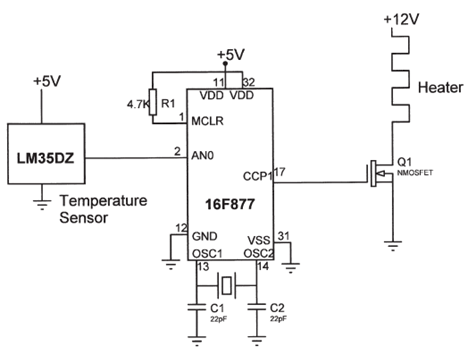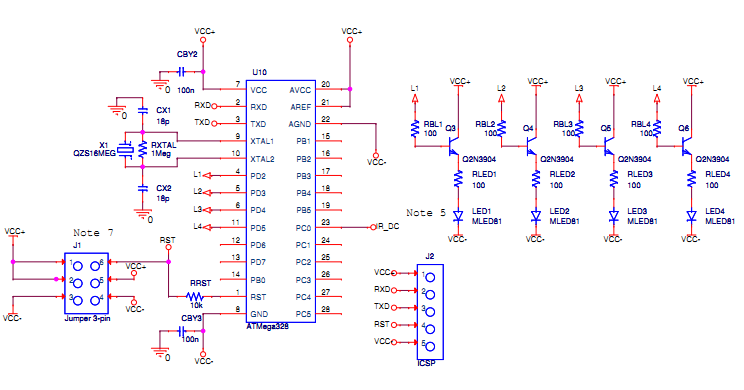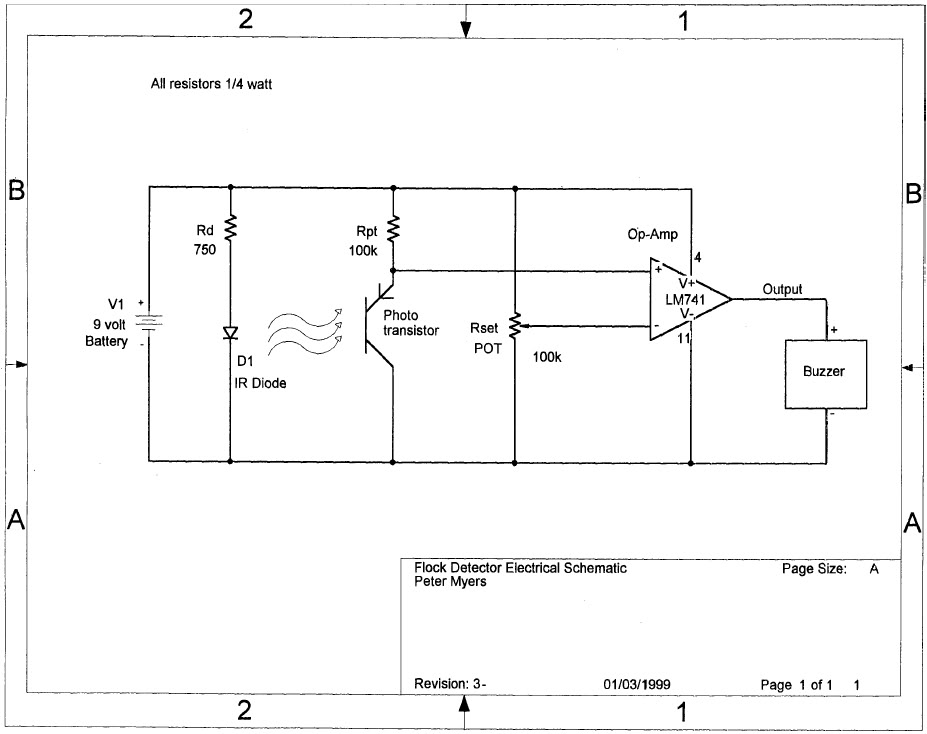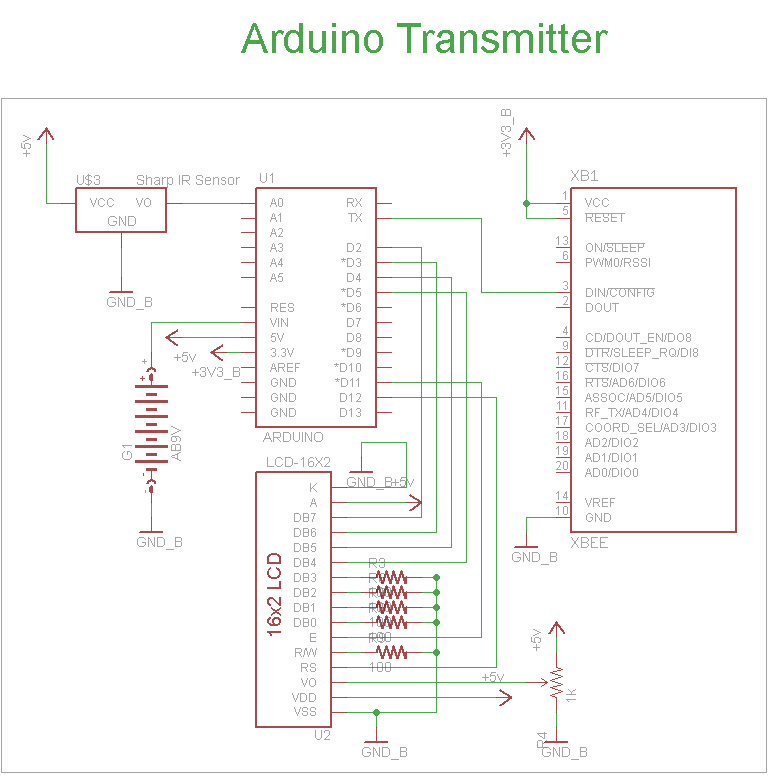
Heat Sensor
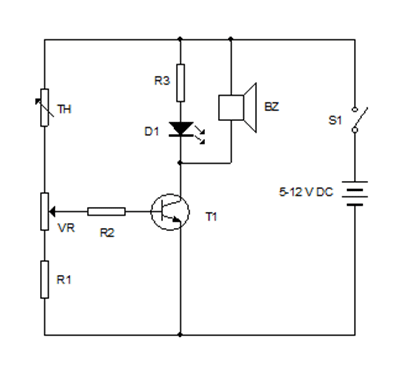
This simple heat sensing circuit functions as a warning device whenever the temperature surpasses a predetermined level in its surroundings. It is an ideal circuit for monitoring heat-generating devices such as personal computers, inverters, and similar equipment.
The heat sensing circuit typically employs a temperature sensor, such as a thermistor or an LM35, which detects the ambient temperature. The output from the sensor is fed into a comparator circuit, which compares the sensor’s output against a reference voltage set by a potentiometer. When the temperature exceeds the set threshold, the comparator output changes state, triggering an alert mechanism.
The alert mechanism can be implemented using an LED indicator, which lights up to signal an over-temperature condition, or a buzzer that emits an audible alarm. Additionally, the circuit may include a relay that can be used to activate cooling systems or shut down the heat-generating device to prevent damage.
Power supply considerations are essential for the circuit's operation, typically ranging from 5V to 12V DC, depending on the components used. Proper layout and thermal management should be considered to ensure the circuit operates reliably in high-temperature environments.
For enhanced functionality, the circuit can be designed to include features such as adjustable temperature thresholds, hysteresis to prevent rapid on-off cycling, and possibly a microcontroller for more complex monitoring and data logging capabilities. This makes the heat sensing circuit not only a basic warning device but also a versatile tool for thermal management in various electronic applications.This simple ""heat sensing circuit"" acts as a warning device whenever the temperature exceeds the preset level in its vicinity. It is an ideal circuit to monitor the heat generating devices like PC, Inverter etc 🔗 External reference
The heat sensing circuit typically employs a temperature sensor, such as a thermistor or an LM35, which detects the ambient temperature. The output from the sensor is fed into a comparator circuit, which compares the sensor’s output against a reference voltage set by a potentiometer. When the temperature exceeds the set threshold, the comparator output changes state, triggering an alert mechanism.
The alert mechanism can be implemented using an LED indicator, which lights up to signal an over-temperature condition, or a buzzer that emits an audible alarm. Additionally, the circuit may include a relay that can be used to activate cooling systems or shut down the heat-generating device to prevent damage.
Power supply considerations are essential for the circuit's operation, typically ranging from 5V to 12V DC, depending on the components used. Proper layout and thermal management should be considered to ensure the circuit operates reliably in high-temperature environments.
For enhanced functionality, the circuit can be designed to include features such as adjustable temperature thresholds, hysteresis to prevent rapid on-off cycling, and possibly a microcontroller for more complex monitoring and data logging capabilities. This makes the heat sensing circuit not only a basic warning device but also a versatile tool for thermal management in various electronic applications.This simple ""heat sensing circuit"" acts as a warning device whenever the temperature exceeds the preset level in its vicinity. It is an ideal circuit to monitor the heat generating devices like PC, Inverter etc 🔗 External reference

